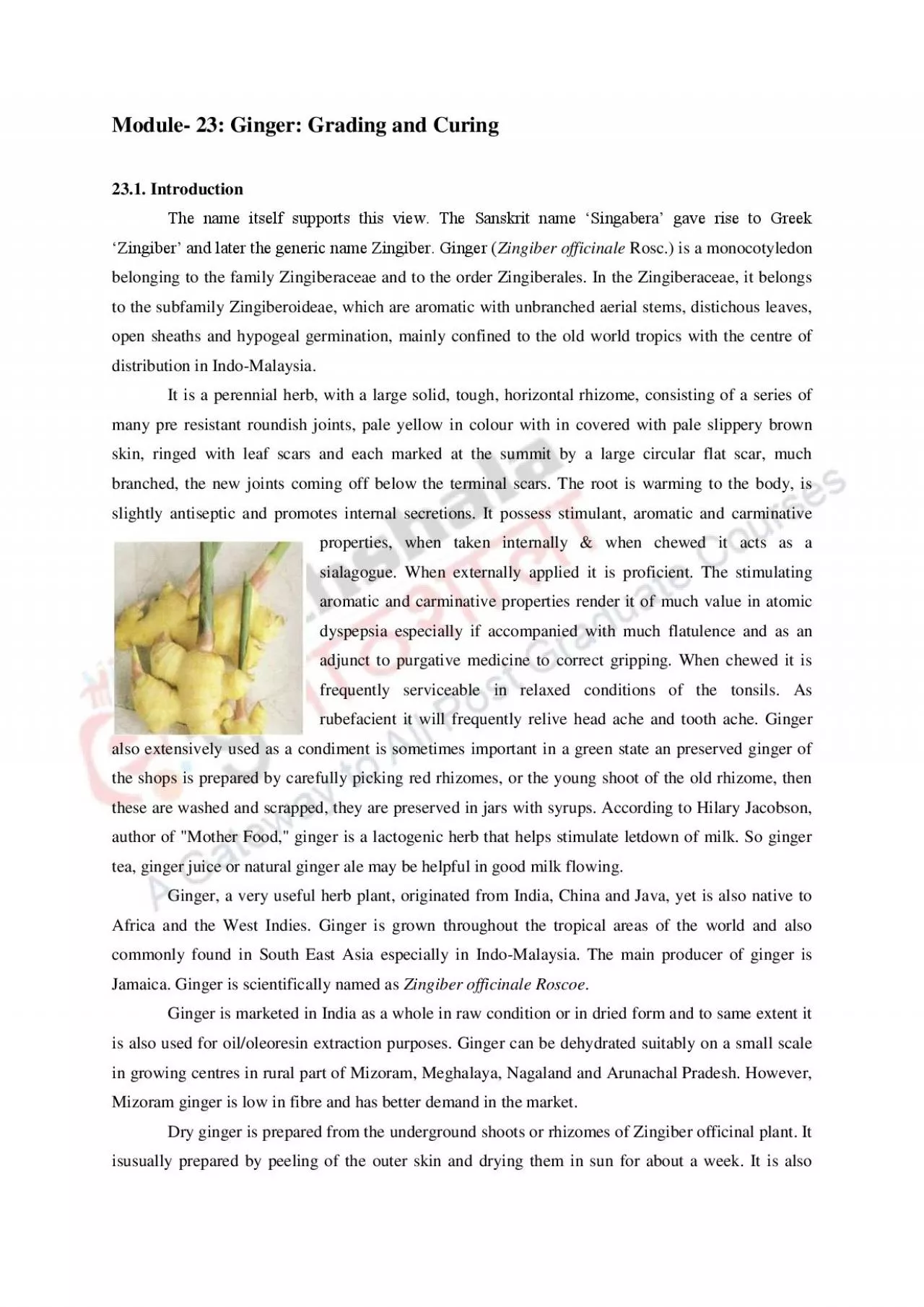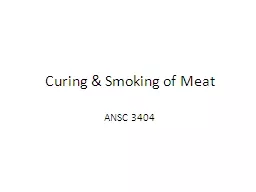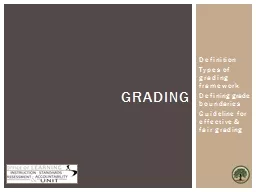PDF-Grading and Curing
Author : ani | Published Date : 2022-10-11
Module 23 Ginger 231 Introduction The name itself supports this view The Sanskrit name Singabera gave rise to Greek Zingiber and later the generic name Zingiber
Presentation Embed Code
Download Presentation
Download Presentation The PPT/PDF document "Grading and Curing" is the property of its rightful owner. Permission is granted to download and print the materials on this website for personal, non-commercial use only, and to display it on your personal computer provided you do not modify the materials and that you retain all copyright notices contained in the materials. By downloading content from our website, you accept the terms of this agreement.
Grading and Curing: Transcript
Download Rules Of Document
"Grading and Curing"The content belongs to its owner. You may download and print it for personal use, without modification, and keep all copyright notices. By downloading, you agree to these terms.
Related Documents














